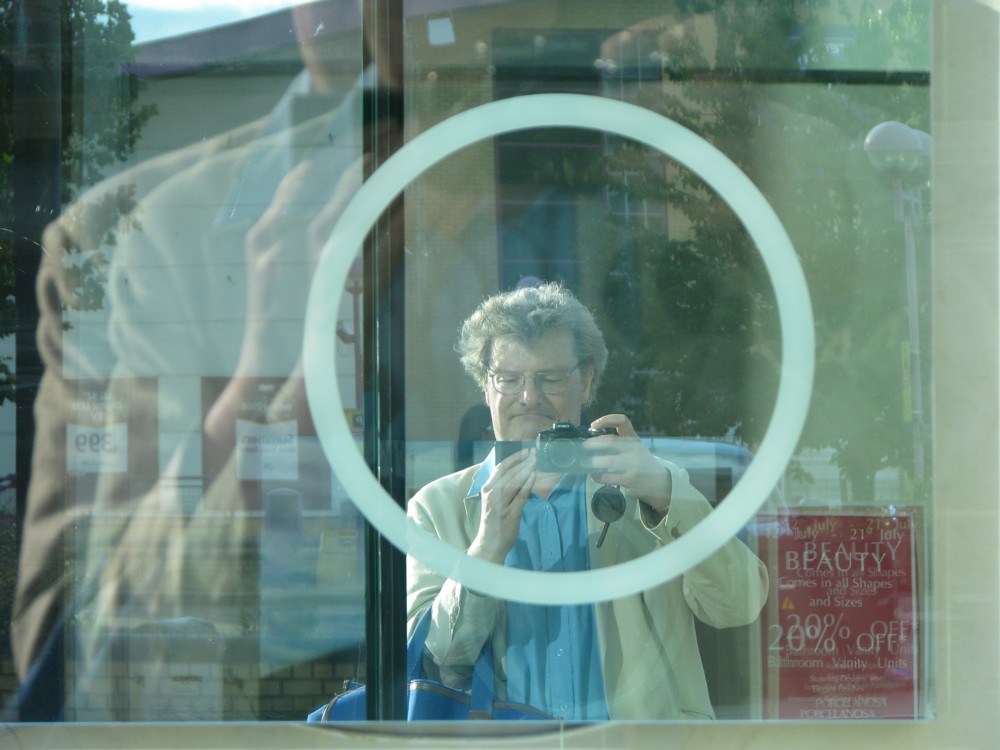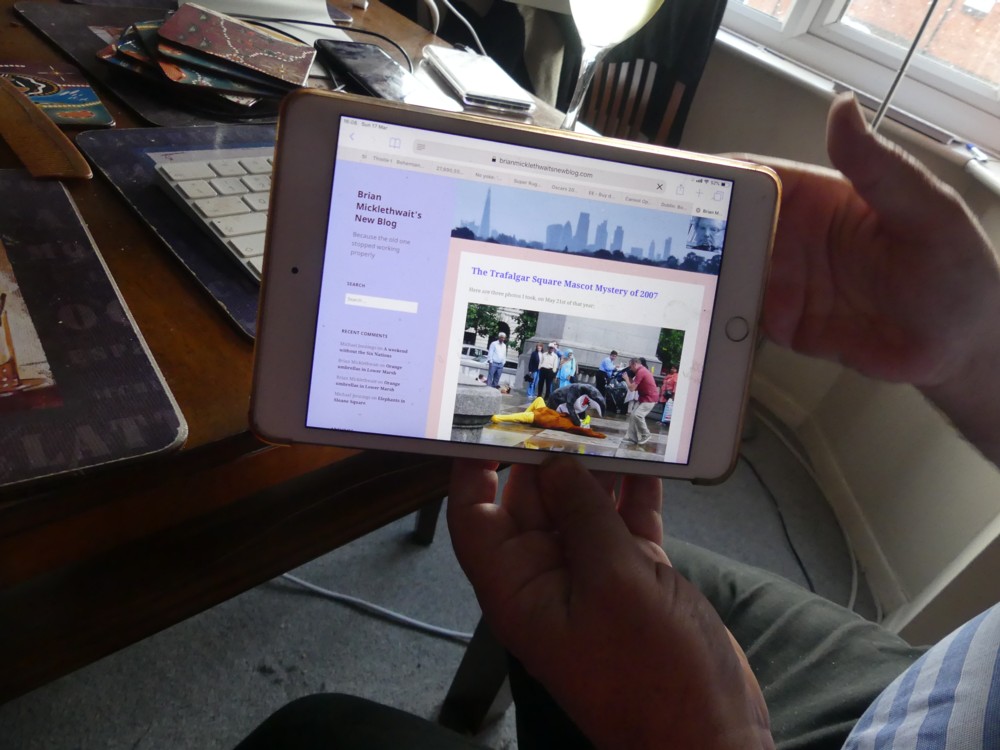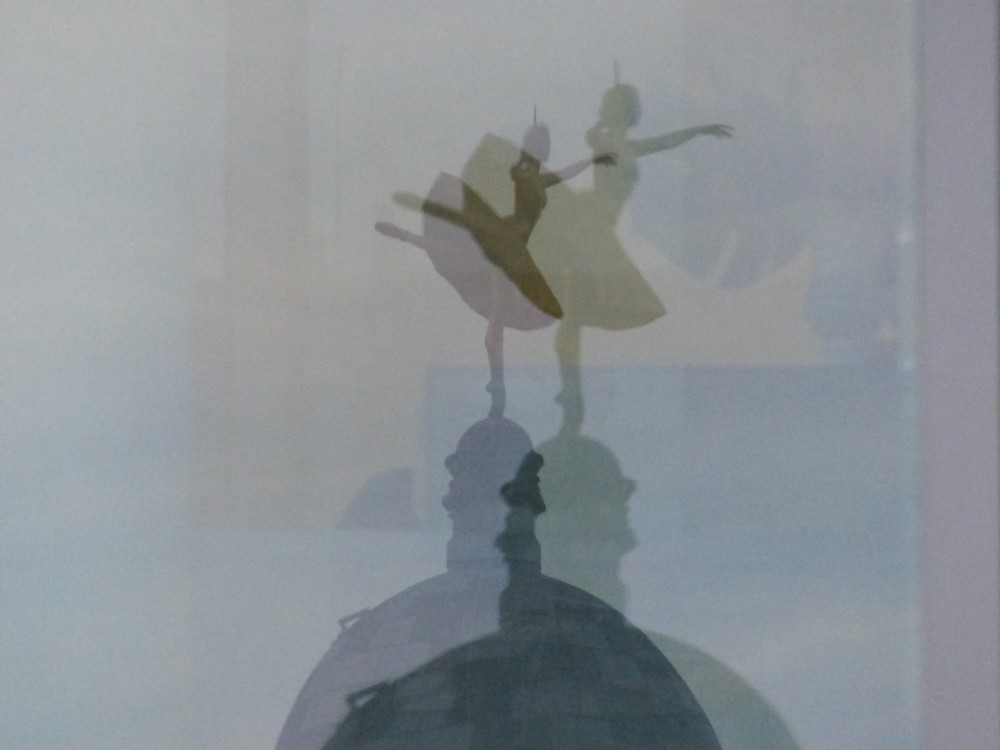A significant slice of my most recent traffic has been coming to these two postings, both of them involving that word. Casedemic. So, I’m giving the public what it wants and doing another such posting. You cannot now switch on a news channel without being told about a surge in “cases” of The Plague, but you are liable to wait in vain to learn how many people are actually dying of it, or even if any great number of people are even seriously ill. I don’t doubt that both numbers are now somewhat more than zero, but there’s a lot of difference between not zero and a lot. I am not the only one to have been noticing this. I’m not the only one who can interrogate the Internet about such matters.
Today, I did what I have been doing each morning for a while now. I googled “casedemic”. And there seems to have been surge in that statistic as well. It has suddenly jumped from around 30,000 to around 170,000. I know extremely little about what a search result statistic like that means in any detail, just as I know very little about what it really means to “test positive” for The Plague itself. But it feels like this could mean something.
Bottom line: When this Plague first became a public Thing, everyone I know was genuinely scared and genuinely anxious to do all the right things, both to protect themselves and to avoid making things worse for others. Now, people are more scared of being set upon by officials, and by people who enjoy tormenting strangers, for failing to go through the correct motions – not muzzling themselves or not staying apart from each other. They aren’t scared of the actual Plague any more.
When I got my hair cut recently, I realised, after the guy had finished, that I hadn’t muzzled myself. I said I hoped this had not been a worry. Oh no, do as you please, was the answer. I cannot even remember if the guy himself was muzzled or not.
Perhaps equally tellingly, I am now suffering in a very mild form a few of what could conceivably be symptoms of The Plague, as one does from time to time. Cough, mild headache, slight aversion to morning coffee, that kind of thing. But, if I were to get tested for The Plague, and if I “tested positive”, then I would perhaps be interrogated about all my social contacts during the last fortnight and obliged to cause trouble for all of my closest friends, friends who have lives they are already struggling to keep on track or to get back on track. Also, I might be put under house arrest. Probably none of that would happen, because the people whose job it might or might not be to inflict such processes don’t have their hearts in this stuff either, not any more. But why take the risk? So, I’m just waiting to get better.
It’s not – repeat not – that people are merely “tired”, as in tired of the actual Plague. Most of Britain’s civilian population were tired of World War II by 1941 at the latest. But, horrible and dispiriting though it was, that was a war that made sense to almost all of the Brits, all the way through, from the day it started in 1939 until the day it ended in 1945, and for that matter ever since. It is – repeat is – that nobody any longer believes that this Plague has been what they first said it might be, and we are tired of being mucked about by people who seem more concerned to retro-justify their earlier panic than to be doing the appropriate thing now. Which would be to say, okay everyone panic over.
By the way, I do think they panicked. I don’t think there’s been much in the way of conspiracy, and certainly not to begin with. Sean Gabb has done a good piece about his, which I noticed because it was Quotulated. Read, as we bloggers say, the whole thing.
LATER: Now (1pm in Britain) the number has gone down from 170,000 to 48,000. So maybe what I caught was what had piled up in one day. Nevertheless, there does seem to be a big uptick, from 30,000 to 48,000.





